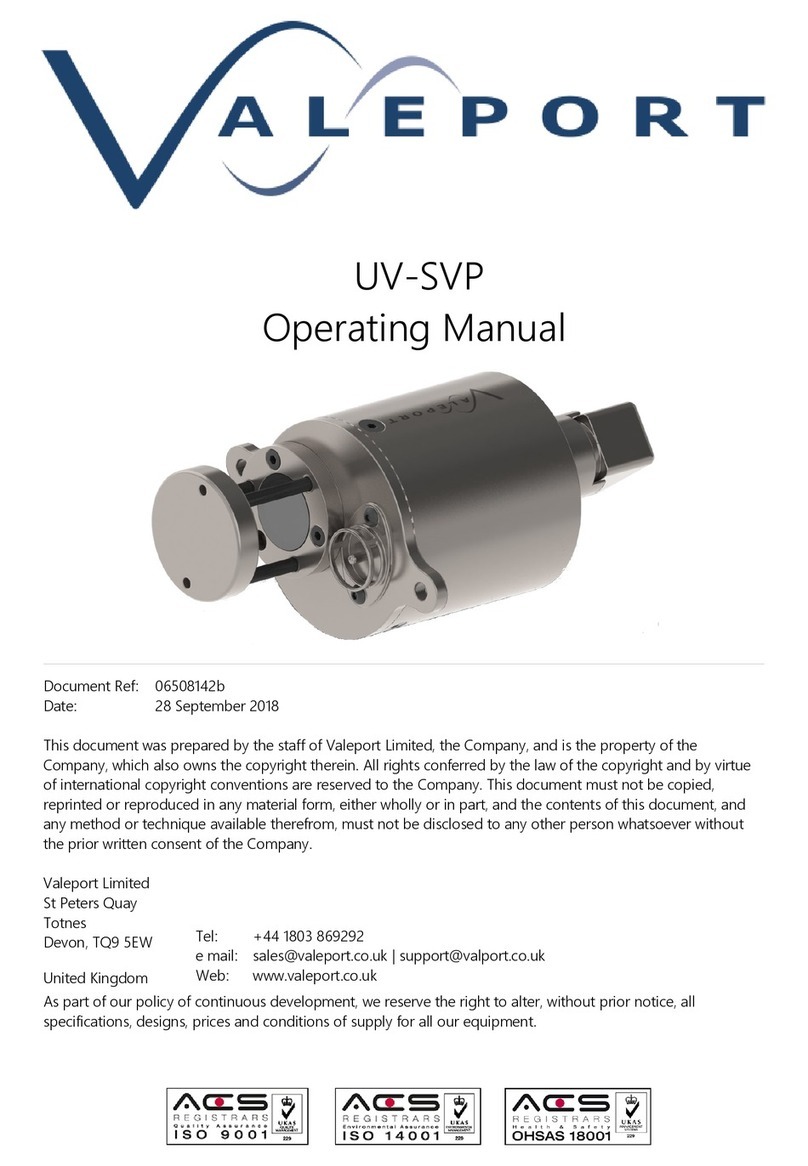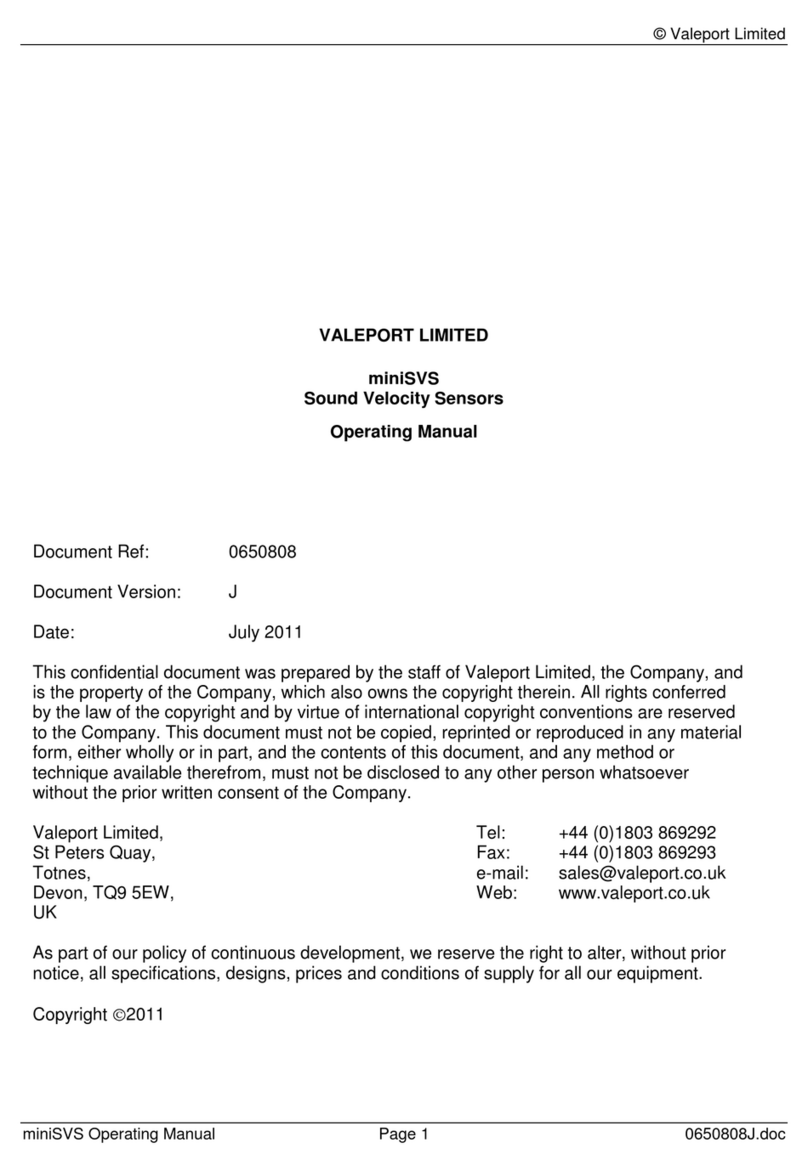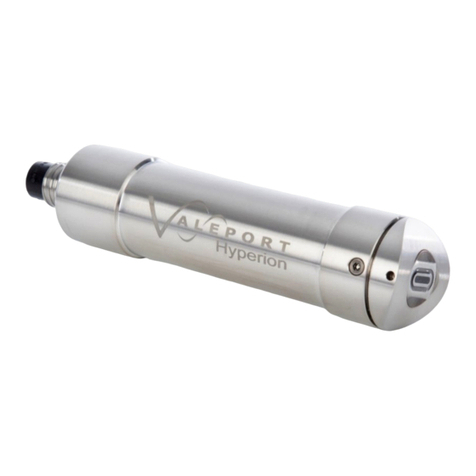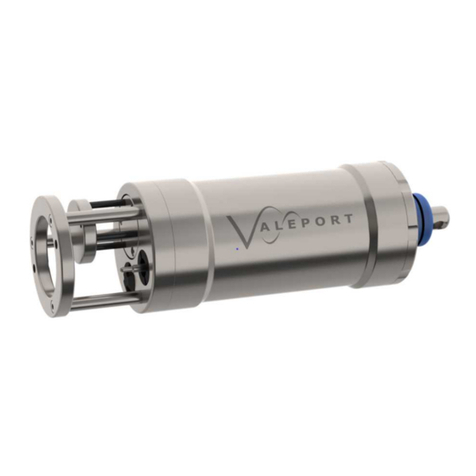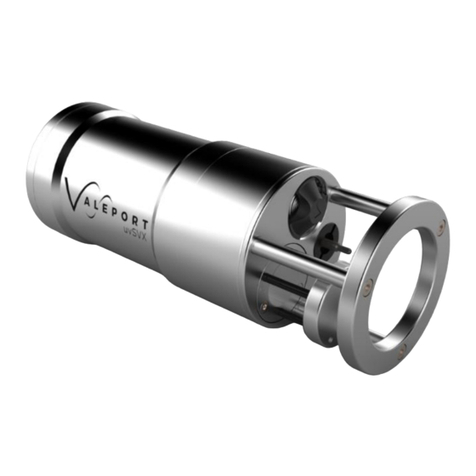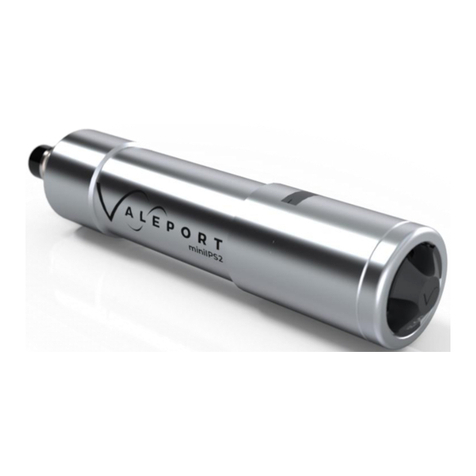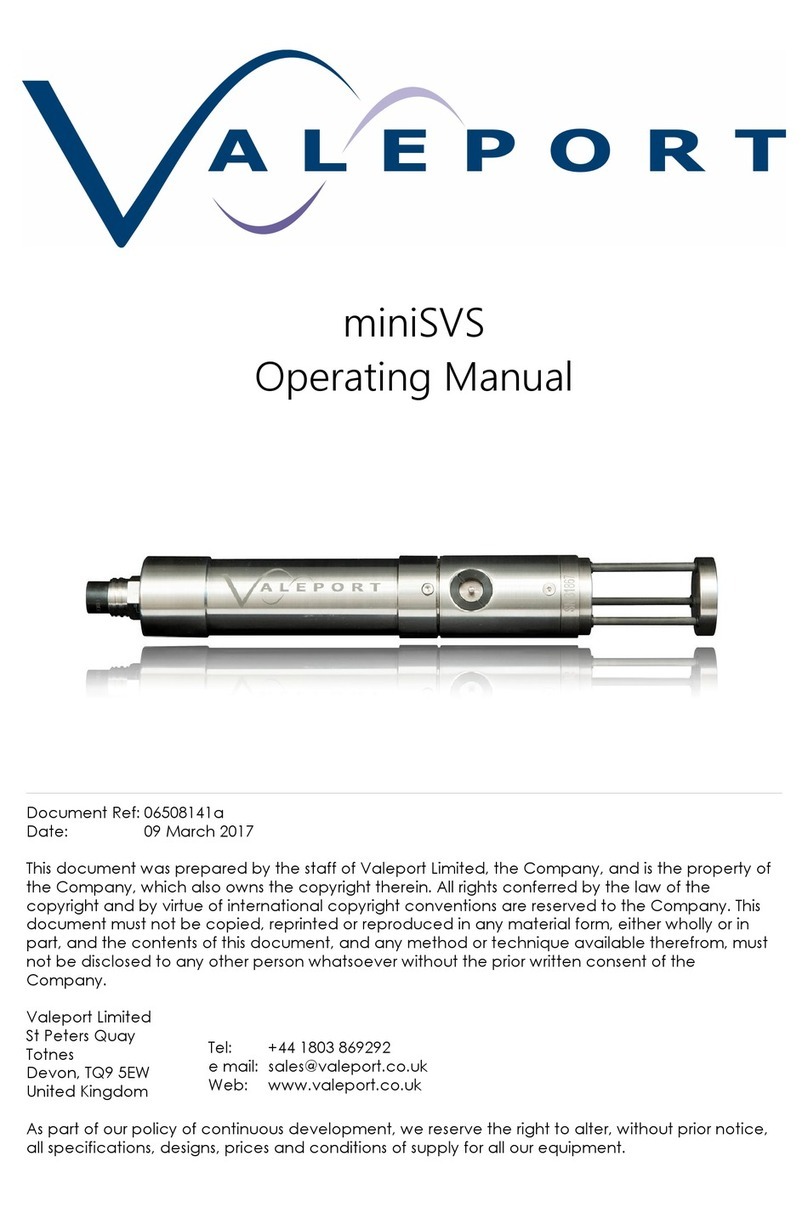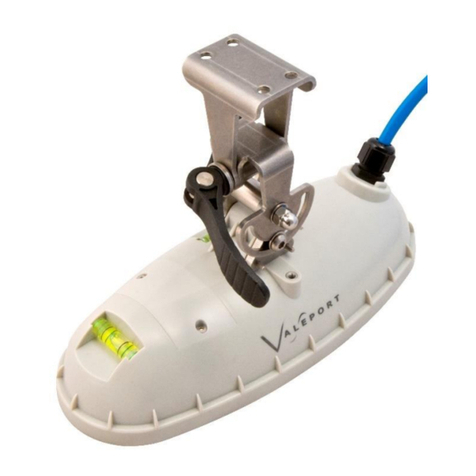Table of Contents
1Introduction - Hyperion Optical Sensor.....................................................................3
1.1 Fluorophore & Nomenclature..........................................................................................3
1.2 PCB Update ....................................................................................................................3
2Sensors....................................................................................................................4
2.1 Fluorometers...................................................................................................................4
2.1.1 Chlorophyll a................................................................................................................. 4
2.1.2 Fluorescein (Uranine)................................................................................................... 4
2.1.3 Phycocyanin................................................................................................................. 5
2.1.4 Rhodamine WT............................................................................................................. 5
2.1.5 Sulforhodamine B......................................................................................................... 5
2.2 Linear Observation Range..............................................................................................6
2.3 Quenching.......................................................................................................................7
2.4 Turbidity...........................................................................................................................8
2.4.1 Turbidity Units............................................................................................................... 8
2.4.2 Safety Statement.......................................................................................................... 8
2.5 Physical Characteristics..................................................................................................9
2.5.1 Dimensions................................................................................................................... 9
3Data Acquisition.....................................................................................................10
3.1 Setting the Gain.............................................................................................................10
3.1.1 Turbidity...................................................................................................................... 12
3.2 Output Rate...................................................................................................................12
3.3 Functional Check ..........................................................................................................12
4Operation with 400 Series Instruments...................................................................17
5Electrical ................................................................................................................18
5.1 Connector Pin-Out ........................................................................................................18
5.2 0400 Series Interface Cable .........................................................................................18
6Communications ....................................................................................................19
6.1 Data Output Format $PVHYP (Pre November 2020)...................................................19
6.2 Data Output Format $PVHY2 (Post November 2020) .................................................20
6.3 Operating Modes...........................................................................................................21
6.3.1 Mode C - Continuous.................................................................................................. 21
6.3.2 Mode M - Continuous Measurement .......................................................................... 21
6.4 Hash (#) Codes.............................................................................................................22
7Care and Maintenance...........................................................................................23
8Software.................................................................................................................24
8.1 DataLog x2....................................................................................................................24
8.2 Valeport Configure App.................................................................................................24
8.2.1 Interface to the Hyperion............................................................................................ 25
8.2.2 Configure the Instrument............................................................................................ 26
8.2.3 Configure with Operation as Part of an EnviroLog System......................................... 27
9Ordering and Part Numbers...................................................................................29
9.1 Fluorometer...................................................................................................................29
9.2 Turbidity.........................................................................................................................29
9.3 Accessories...................................................................................................................29
10 Declarations of Conformity.....................................................................................30
10.1 KU Declaration of Conformity - UKCA Marking............................................................30
10.2 EU Declaration of Conformity - CE Marking.................................................................31
